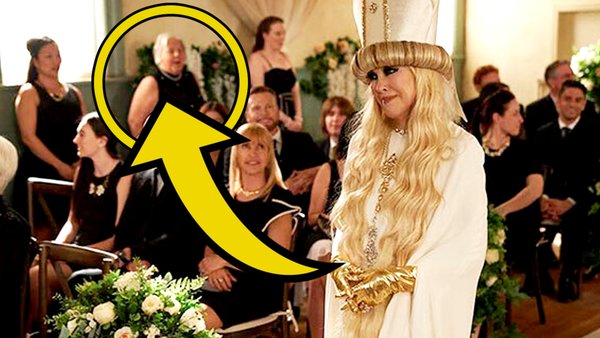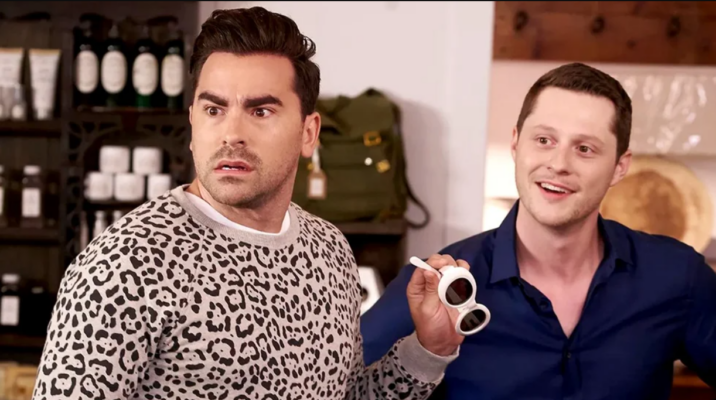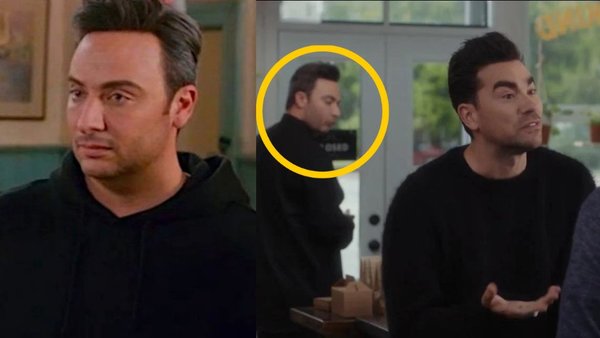Schitt’s Creek revolves around the Rose family—once affluent and snobby—who are forced to move into a rundown motel after losing their fortune. Initially, the Roses come off as pompous, sheltered, and unlikable, but it didn’t take long for viewers to fall in love with Johnny, Moira, David, and Alexis. When the Emmy-winning sitcom ended, many fans were so reluctant to say goodbye that they started watching the series all over again.
On repeat viewings, many viewers noticed subtle details they missed the first time around. Sometimes, a joke’s punchline wouldn’t land until two seasons later. The finale contains several Easter eggs that reference moments from the pilot episode, along with numerous callbacks to the Roses’ most memorable scenes, making it unlikely that viewers caught everything on their first watch.
The sheer number of in-jokes may seem overwhelming, but it highlights the creators’ meticulous effort in crafting Schitt’s Creek. This attention to detail encourages fans to rewatch the series to catch the hidden gems sprinkled throughout.
Throughout the show, Moira is often seen wearing black-and-white outfits, whether it’s a blouse, scarf, or one of her eccentric wigs. This consistent color palette isn’t just another of Moira’s quirks; it harks back to Catherine O’Hara’s role in Beetlejuice. In Tim Burton’s dark comedy, O’Hara played a snobbish socialite (sound familiar?) whose house is haunted by the mischievous ghost, Beetlejuice. While the titular character wears various outfits, his black-and-white striped suit is the most iconic.
Although Moira’s wardrobe nods to the 1988 classic, many viewers didn’t catch on to the connection. However, an overt reference appears in the first episode of Season 6. As Johnny and Moira stroll through the creek, Moira holds a striped parasol, unmistakably reminiscent of the carousel-like headgear Beetlejuice sports in one scene.
For many fans, this moment was when the connection to Michael Keaton’s iconic character clicked. With hindsight, it’s surprising how many didn’t realize that Moira’s monochromatic style was a tribute to O’Hara’s famous film role.






